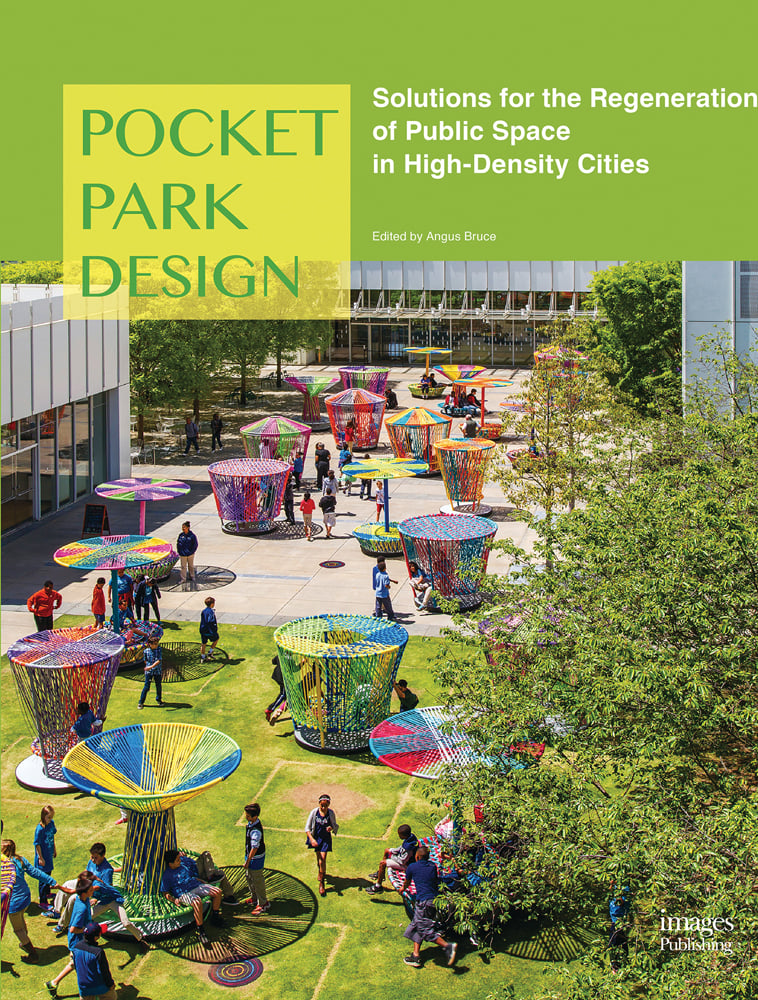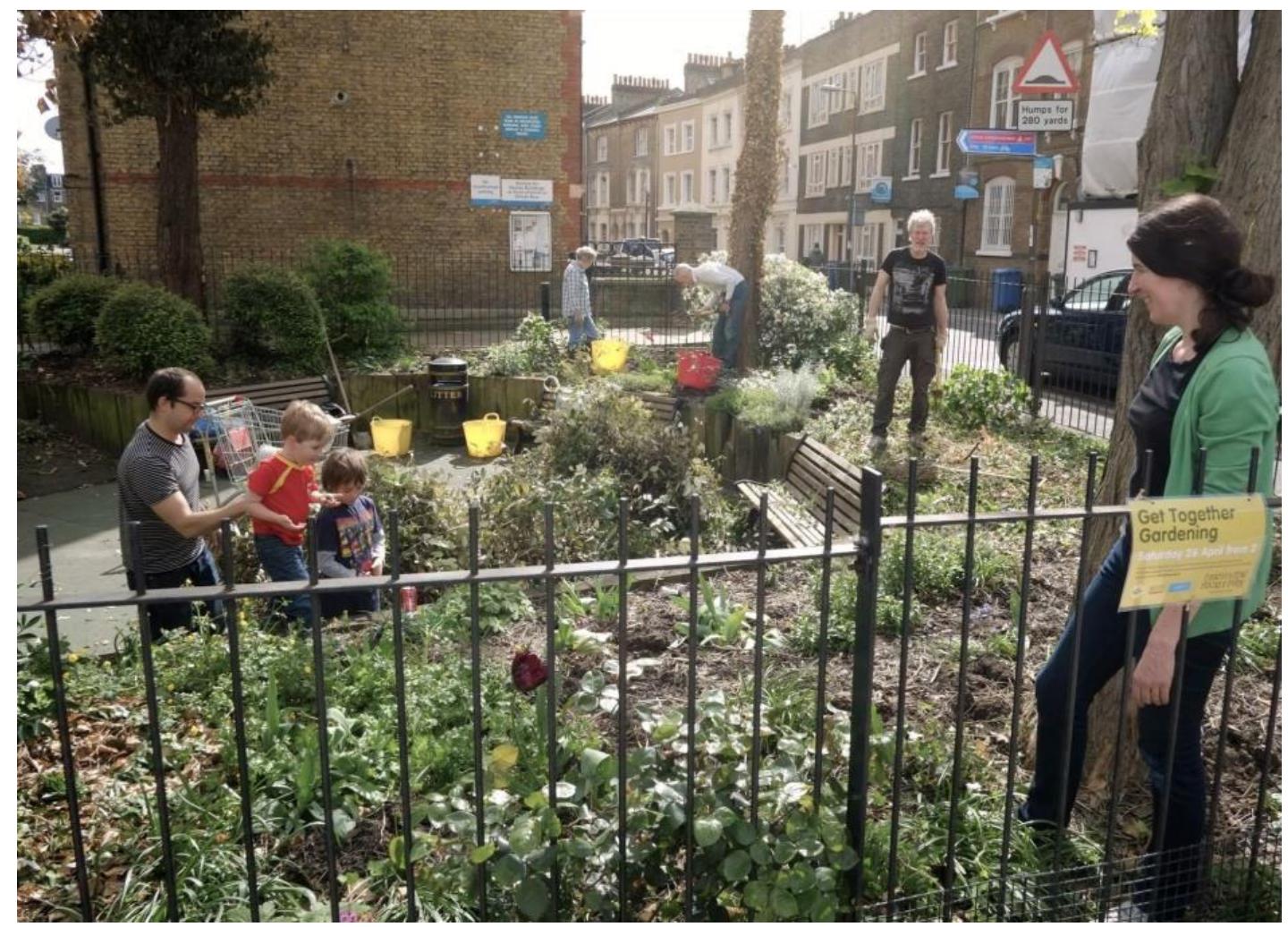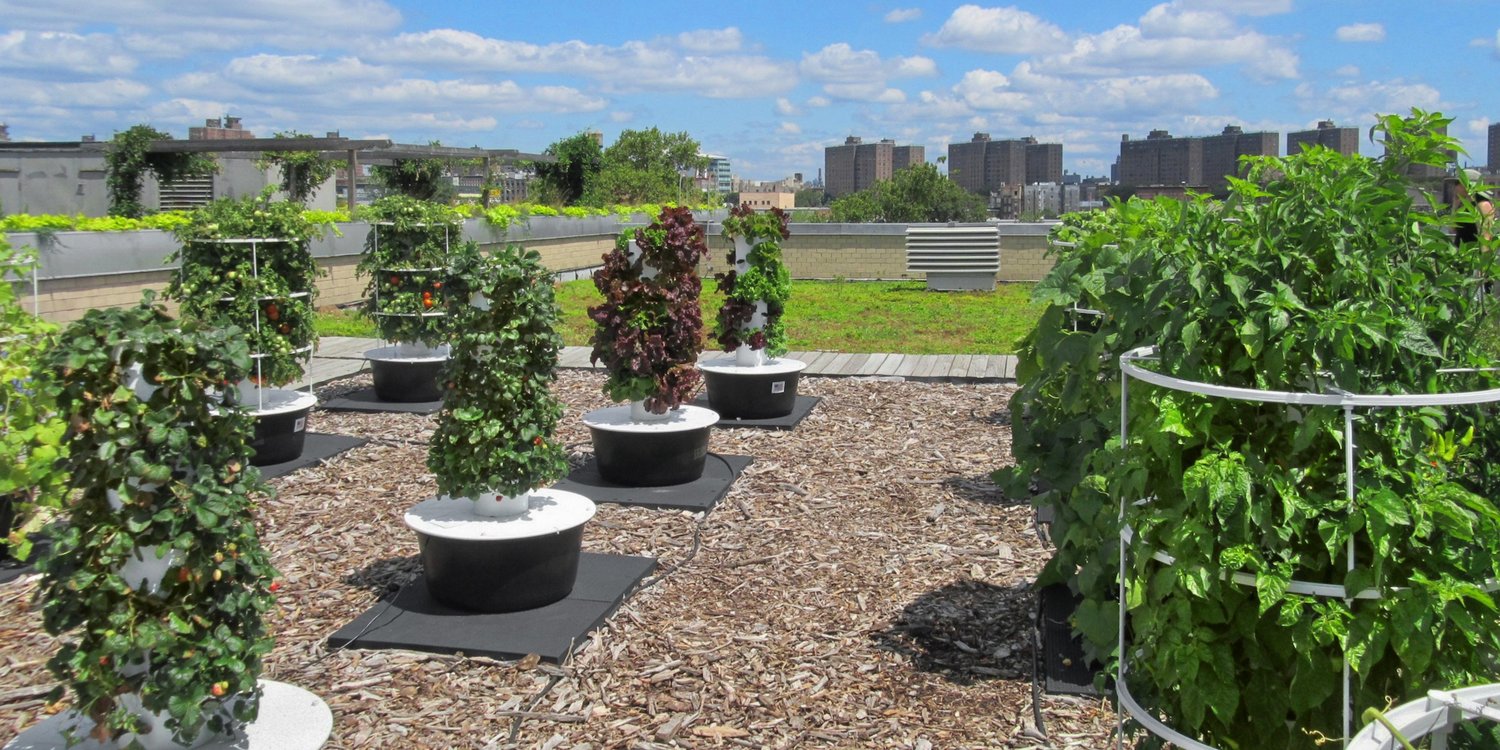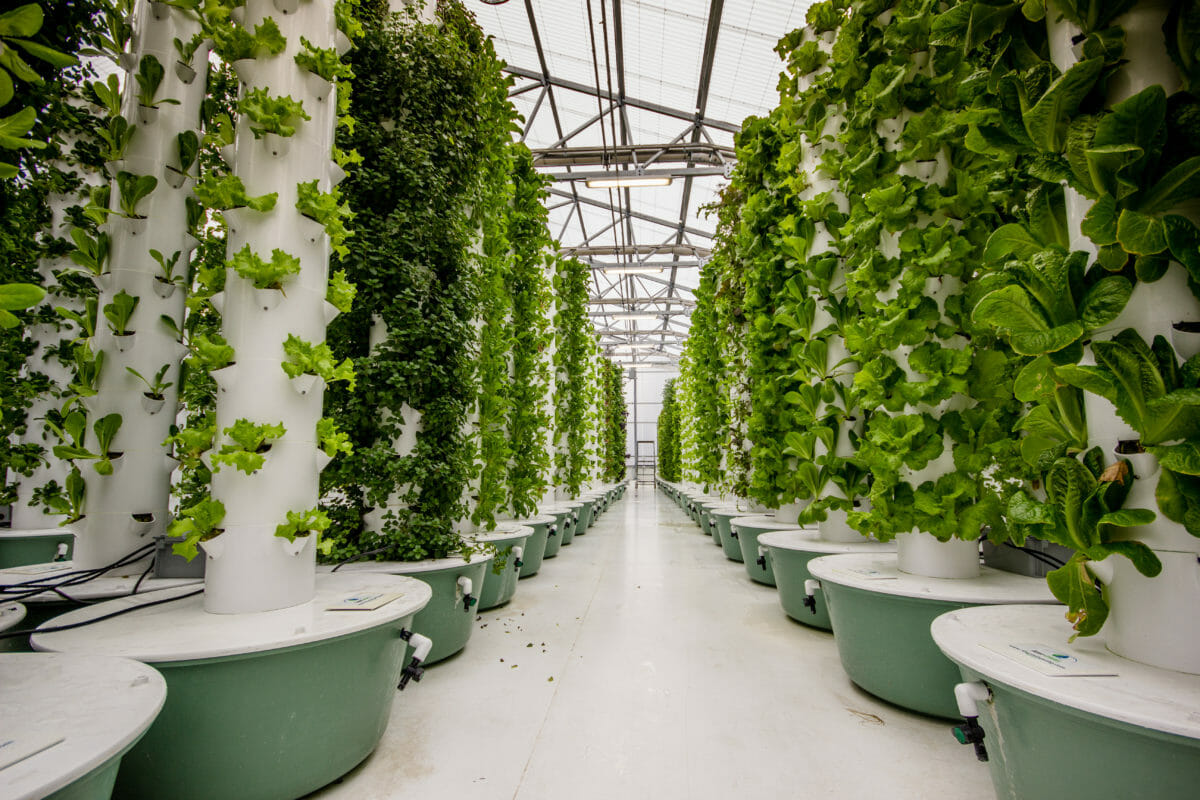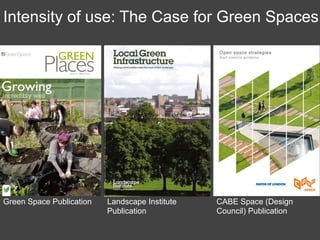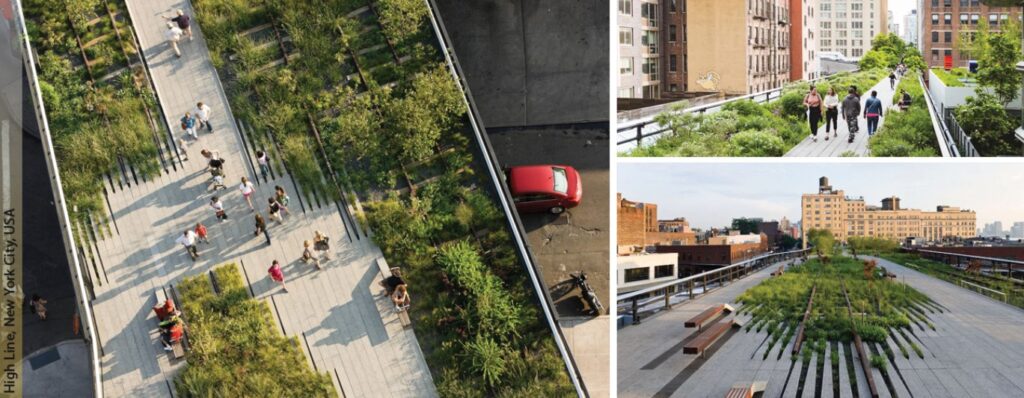Introduction
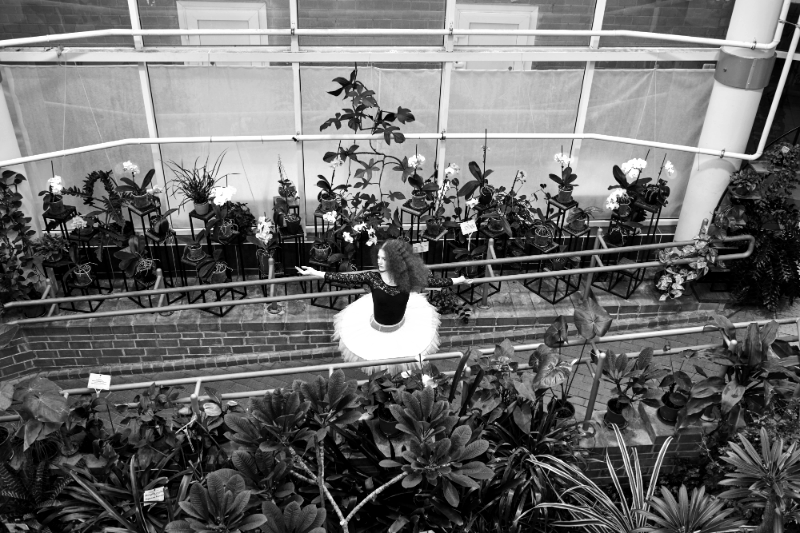
Urban environments are increasingly saturated with technology and concrete, creating a need for restorative green spaces that offer a sensory escape. Urban escape gardens, including pocket parks and rooftop farms, provide not only environmental sustainability but also a means to reduce stress and promote wellbeing through a multi-sensory experience. These projects serve as antidotes to tech saturation, by embedding natural elements into the cityscape, and by offering designers and communities practical, innovative ways to reclaim urban spaces for health and social interaction[5].
Multi-Sensory Garden Design

Sensory gardens are purposefully designed landscapes that engage all five senses – sight, smell, sound, touch, and even taste – to foster relaxation and mindfulness. As one detailed source explains, these landscapes are intended to let visitors experience the gentle play of sunlight through leaves, the fragrance of aromatic plants, and the tactile pleasure of soft textures, creating an immersive environment that counters urban stress[1]. Recent research also indicates that visual and auditory sensations have strong direct effects on mental restoration, while tactile sensations, although less direct, promote beneficial behaviors and positive emotions through active engagement with nature[7].
Pocket Parks as Urban Escapes
Pocket parks are small urban open spaces, often occupying the area of just a few house lots. One source describes them as 'urban open space at the very small scale' designed to serve local communities by providing areas for play, rest, and social interaction[9]. These spaces, which can be created from vacant lots or repurposed areas, act as essential refuges from the bustle of city life and the overuse of technology. Design challenges include catering to diverse user needs and ensuring that even minimal spaces are accessible and inviting. For example, pocket parks often incorporate seating, play areas, and small event spaces that are carefully situated to balance multiple functions—facilitating relaxation and community engagement in one compact area[9]. Case studies from cities like Philadelphia illustrate how pocket parks have been used to reclaim urban eyesores and serve low-income communities by offering nearby green space, emphasizing the importance of proximity and visibility in their design[9].
Rooftop Farms: Techniques and Design Principles
Rooftop farming is an innovative method of urban agriculture that transforms underutilized roof spaces into productive green areas. This practice not only supplies fresh, local food but also enhances the urban landscape by mitigating heat island effects and improving air quality. A prominent source details that rooftop farms can help cool buildings and offer psychological benefits through regular exposure to nature, with growing techniques ranging from green roofs to hydroponics, aeroponics, and container gardens[3].
Green roofs come in three types – extensive, semi-extensive, and intensive – each defined by the thickness of the planted substrate and the range of vegetation they support. Extensive green roofs are lightweight and maintain low-growing vegetation such as mosses with minimal irrigation, while intensive systems can support larger plants and even trees, albeit at a higher initial cost[8].
Hydroponics uses nutrient-rich solutions to grow plants without soil and is ideal for fast-growing herbs and lettuces; techniques such as the deep water culture and the ebb and flow system have been highlighted as particularly effective for rooftop use. Aeroponics, which suspends roots in air and mists them with nutrient solutions, offers even greater efficiency and enhanced oxygen exposure for rapid plant growth, though it comes with higher setup costs[8].
Design considerations for rooftop farms include evaluating the building's roof structure, ensuring proper drainage and irrigation, and using shade cloths or windbreakers to protect the crops from excessive sun or wind. The integration of these systems not only supports the practical aspects of food production but also contributes to the aesthetic and sensory relief of urban dwellers by adding greenery and creating attractive, multifunctional spaces[8].
Design Principles and Integrated Case Studies
Both pocket parks and rooftop farms share key design principles that enhance their role as urban escapes. Firstly, accessibility is vital: pathways, seating areas, and the careful placement of tactile features (such as textured paving or low tree branches for tactile exploration) ensure that users of all abilities can enjoy these spaces. Sensory gardens, as discussed by one source, require thoughtful consideration of path widths, surfaces, gradients, and interactive design elements that foster multi-sensory engagement[4].
Another shared principle is the integration of non-organic elements that complement the natural features. For instance, water features and lighting are often incorporated in both pocket parks and rooftop farms to enhance the sensory experience, creating calm auditory and visual stimuli that contribute to stress reduction. Case studies such as Philadelphia's successful pocket parks and New York City's Greenacre Park demonstrate how even small, reclaimed spaces can serve as vital community resources by offering seasonal activities, social events, and moments of visual and auditory pleasure[9].
Rooftop farms, meanwhile, often integrate educational and community engagement components. Urban organic farms have been established on rooftops not only as sources of food but also as places for workshops, tours, and volunteer programs. Such initiatives contribute to a sense of community and offer residents direct exposure to sustainable practices, thereby reinforcing the therapeutic benefits of spending time in well-designed green spaces[3].
In conclusion, by combining sensory design with practical urban agriculture, these escape gardens serve a dual purpose: they provide immediate sensory relief from the constant presence of technology and urban stressors, and they promote longer-term environmental, physical, and social well-being. Through careful attention to design and the integration of multi-sensory elements, urban escape gardens offer a transformative experience that reconnects city dwellers with nature in a direct and engaging way[7].
Get more accurate answers with Super Pandi, upload files, personalized discovery feed, save searches and contribute to the PandiPedia.
Let's look at alternatives:
- Modify the query.
- Start a new thread.
- Remove sources (if manually added).
